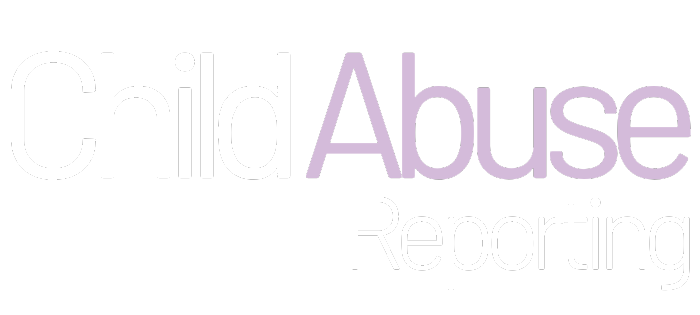Homeschooling
Homeschooling provides an opportunity for children to receive an education through home-based educational programming which is parent-led. There are many different reasons a parent may chose to homeschool their child at different points in a child’s school career.
For example, Homeschooling may be a viable option for a child who is unwilling to attend school. However, it can be used as a cover by neglectful parents, and even well-meaning parents sometimes find themselves falling behind on meeting state requirements.
The vast majority of homeschool cases are legitimate. Parents follow the mandatory protocols and students learn the requisite material, even though they’re not attending a traditional school. But not all parents or students live up to their responsibilities.
Sherry Johnson, executive director for the Monroe County School Boards Association, said that “while the regulations for homeschooling children lie with the NYSED, the necessary oversight to make sure that students are receiving an appropriate education sits with the individual school districts through policy set by the Board of Education.”
Homeschooling Requirements
Like public or private school students, homeschooled students have required courses, must attend 180 days of instruction per year, and undergo standardized tests and annual assessments. Parents, like teachers, are required to submit quarterly reports.
Each year, a parent must send a letter of intent (LOI) to the school district to homeschool a child. In addition, an Individual Home Instruction Plan (IHIP) must be submitted to the school district, listing the subjects to be taught, per regulations, and what curriculum and tools will be
used for instruction.
One homeschool parent in Webster who has successfully taught three children from 1st through 12th grade said, “People have no idea how incredibly hard it is (to homeschool their children).” On top of teaching every grade, there are reports to prepare and deadlines to meet.
District Responsibility
With all that in mind, advocates for homeschooling argue that it should be easy to tell the difference between legitimate homeschool education and educational neglect.
But even registration and academic requirements aren’t enough to prevent some students and parents from abusing the homeschool law – either deliberately or because they simply are not up to the challenge. Homeschooling only works if the school district enforces the requirements.
It’s the responsibility of each school district to actively engage parents and ensure the requirements are being met and working effectively, for the welfare of the child. “The district is there, we’re responsible,” confirmed Dr. Deborah Baker, Assistant Superintendent for Curriculum and Instruction at Brighton Central School District.
Dr. Baker’s role is to make sure that homeschool parents have the information and capacity they need to provide a quality educational program for their children. She accomplishes that by building a relationship with parents through open communication about expectations.
She outlined a continuum of measures that the Brighton Central School District uses to mitigate any problems with attendance, which the state has added as an accountability measure for districts overseeing homeschooling families.
“More than quarterly reports, we rely pretty heavily on the end of year assessments to verify that learning is actually happening,” Dr. Baker said. “At the end of the day, it’s really about the kids, and whether or not they are learning.”
Definition:
Neglect
Neglect occurs when a parent (or person legally responsible) fails to provide a minimum level of care by doing something that inflicts harm, allows harm to be inflicted, or creates an imminent danger of harm. The harm, however, does not result in the kind of serious physical injury that is defined as physical abuse.
In-Depth:
What is the Difference Between Educational Neglect and Truancy?
In terms of child welfare, it is important to recognize education neglect and truancy are two different things. Educational neglect involves a failure of the parent or caregiver to enroll a child of mandatory school age in school or to provide appropriate homeschooling or needed special educational training. Educational neglect can also involve a failure of the parent or caretakers to exercise care in facilitating school attendance of a child to the extent that the child’s education has been impaired or harmed. Truancy, on the other hand, involves a child who is willfully refusing to attend school despite the parent or caretaker exercising steps to facilitate the child’s attendance. School Districts also have a responsibility to engage parents to discover and try to address underlying conditions that might lead to failure to enroll or poor attendance as part of their efforts to determine if there is possible educational neglect that should be reported, or if truancy is the issue.
View all previous newsletters in the archive.

